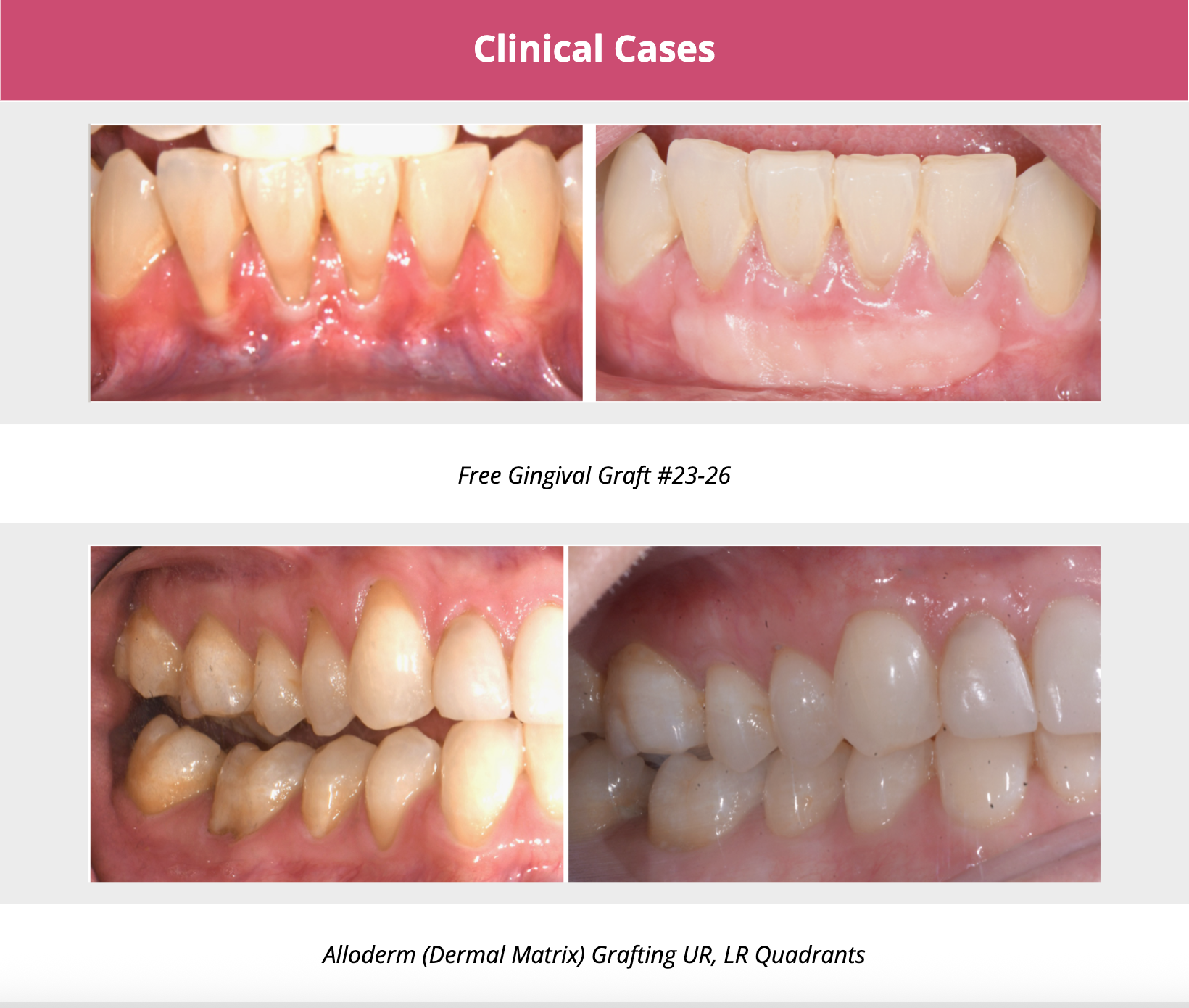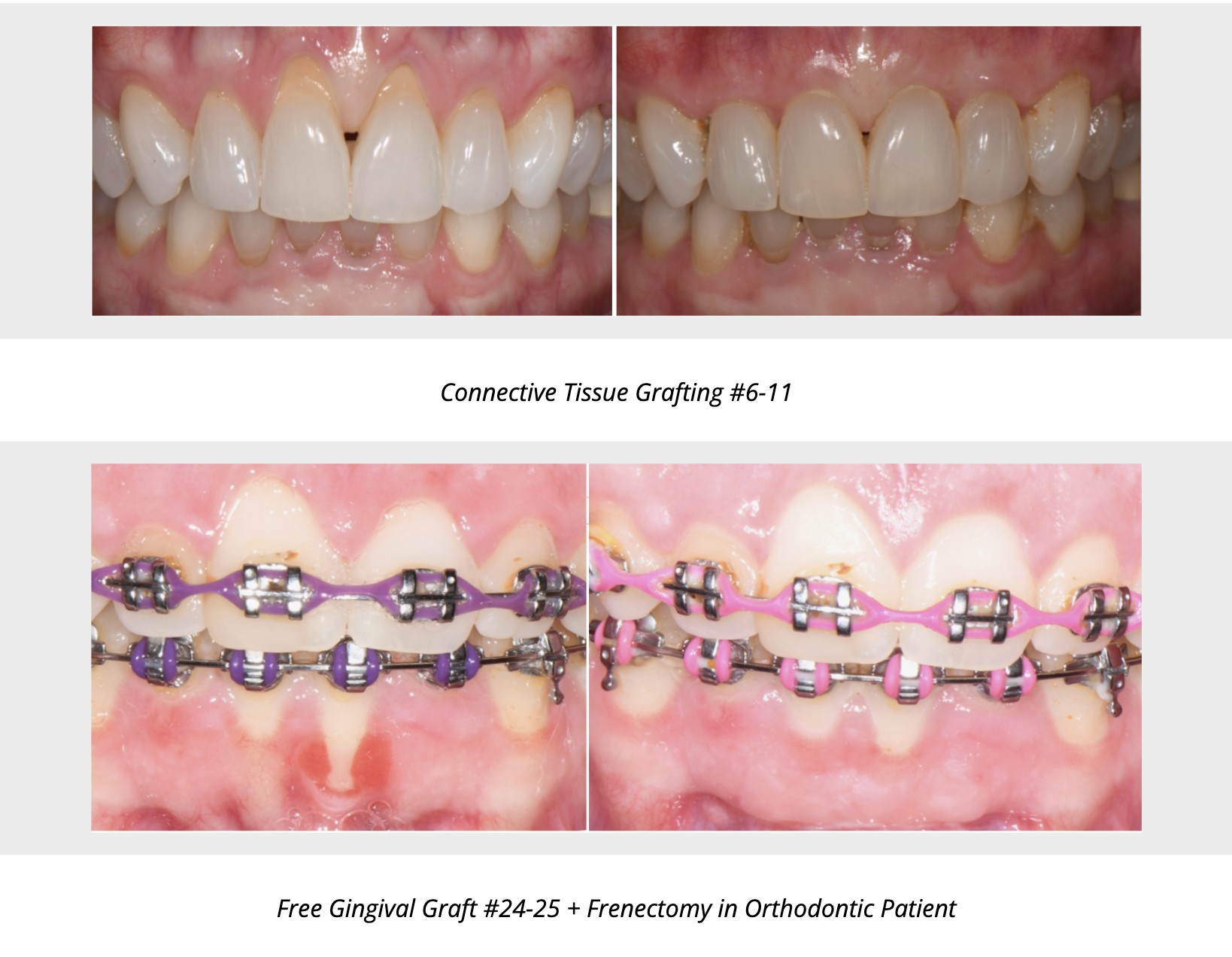Gingival Recession: An Overview
Gingival recession, the apical migration of the gingival margin away from the CEJ, exposes root surfaces and can lead to dentinal hypersensitivity, root caries, and esthetic concerns. Its multifactorial etiology includes traumatic toothbrushing, thin gingival phenotype and dehiscence of alveolar bone, periodontal attachment loss, and iatrogenic factors such as improperly contoured restorations or orthodontic movements beyond the alveolar envelope. Inflammatory-driven recession from plaque‐induced gingivitis or periodontitis also contributes, as does frenal pull in areas of thin keratinized tissue.
Patients with the following should be considered for referral:
1. ≥1mm Recession in Patients <40yo
2. ≥3mm Recession in Any Patient
3. Progressive Recession – ≥1mm increase in <1 year
4. ANY recession or thin gingival tissues in an orthodontically active patient
5. Recession with Hypersensitivity, Non-Carious Cervical Lesions, Root Caries Risk, and/or Esthetic Concerns
6. ≤2mm Keratinized Tissue
7. Aberrant (high) Frenum Insertion
8. Thin gingival tissues in a critical restorative tooth
9. Thin gingival tissues with symptoms – sore, bleeding, inflamed
Treatment options for gingival recession include connective tissue grafts, free gingival grafts, and dermal matrix (allograft). The expectation of root coverage depends on the type of graft used, as well as the presence of interproximal bone loss, root prominence, and wound healing.
Stay tuned next month as we dive deeper into periodontal plastic surgery techniques, indications, and outcomes.








